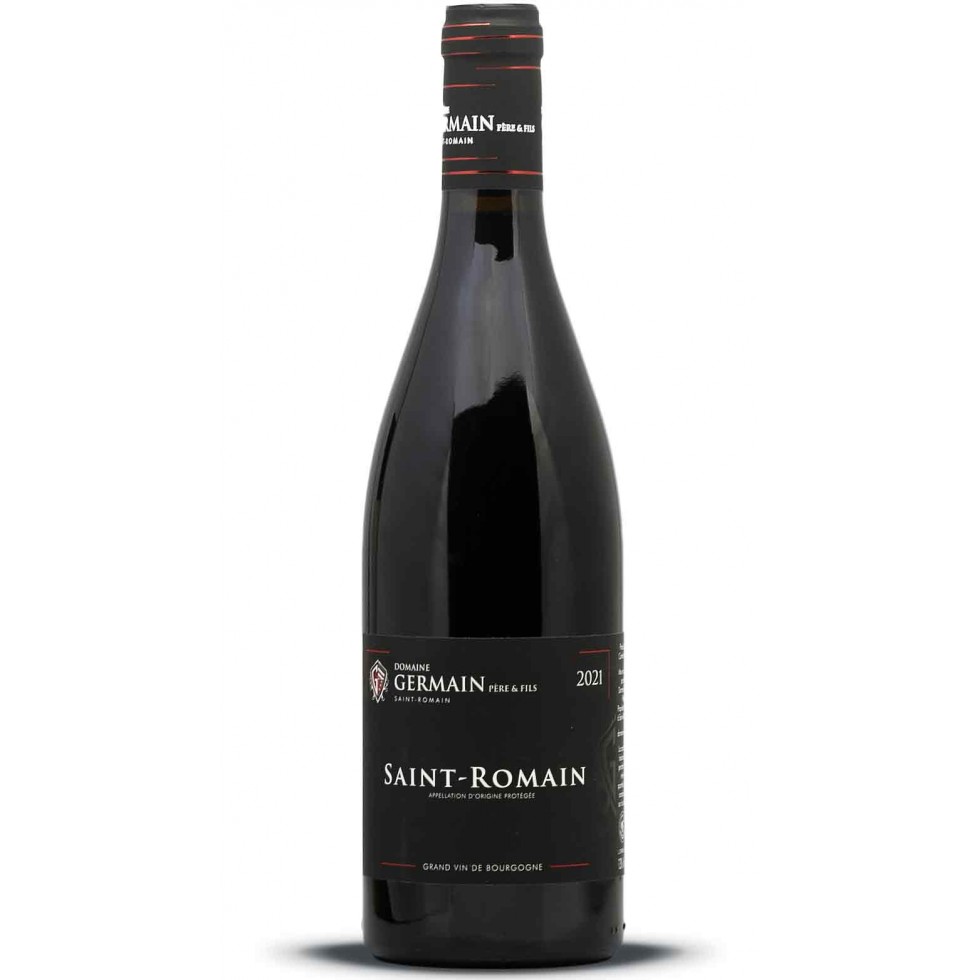appellation
Saint Romain
Wine Characteristics
Red: it has an intense ruby-red or black cherry colour. Its bouquet evokes small red fruits (gooseberry, raspberry, cherry). At 4-5 years old it develops riper fruit aromas with spicy and smoky notes, and refined and elegant tannins. It can be drunk in the first flush of youth but has the potential for ten or so years laying-down.
White: it is pale gold flecked with green. Its nose ranges through lime and white flowers with mineral grace notes. In the mouth, it has good minerality, which time will make smoother and mellower.
Wine Steward’s Tip
Red: the elegant and velvety character of this burgundian classic has a perfumed and sometimes smokey bouquet which destines it to partner white meats and poultry in light sauces. Veal (stewed or plain fried chops) will also suit it very well. Cheeses: mild and creamy like Brillat-Savarin or Cîteaux.
Serving temperature: 13 to 15°C.
White: its minerality makes it an amiable partner for delicate fish (fried or, better still, steamed). It is also to be enjoyed with poached eggs and seared or marinated vegetables. It goes well with soft-centred cheeses like Camembert, whose creamy texture will be nicely balanced by the slightly mineral acidity of this handsome wine.
Serving temperature: 12 to 14 °C.
Situation
Saint-Romain in the Côte de Beaune stands at the foot of a high cliff but at an elevation which enables it to look out over a wide stretch of countryside.
100,000 years ago, bears and lions roamed here and it has been a focus of human activity since neolithic times. It was one of the first places in Bourgogne where Celts and Gallo-Romans cultivated the vine. The appellation SAINTROMAIN, instituted in 1947, is for both red (Pinot Noir) and white (Chardonnay) wines. Labels often include the name of the Climat from which the wine derives.
The red wines can carry the words CÔTE DE BEAUNE after the name of the village or may call themselves CÔTE DE BEAUNE-VILLAGES.
Terroirs
A geologist’s paradise! Here we are on the lias (the earliest period of the Jurassic). The vines occupy a sloping site where they benefit from excellent soils. This blend of limestones and marls includes patches of clay which especially suit the Chardonnay grape. The vines face South/South-East and North/North-East at altitudes varying from 280 to nearly 400 metres.
Source : https://www.bourgogne-wines.com




